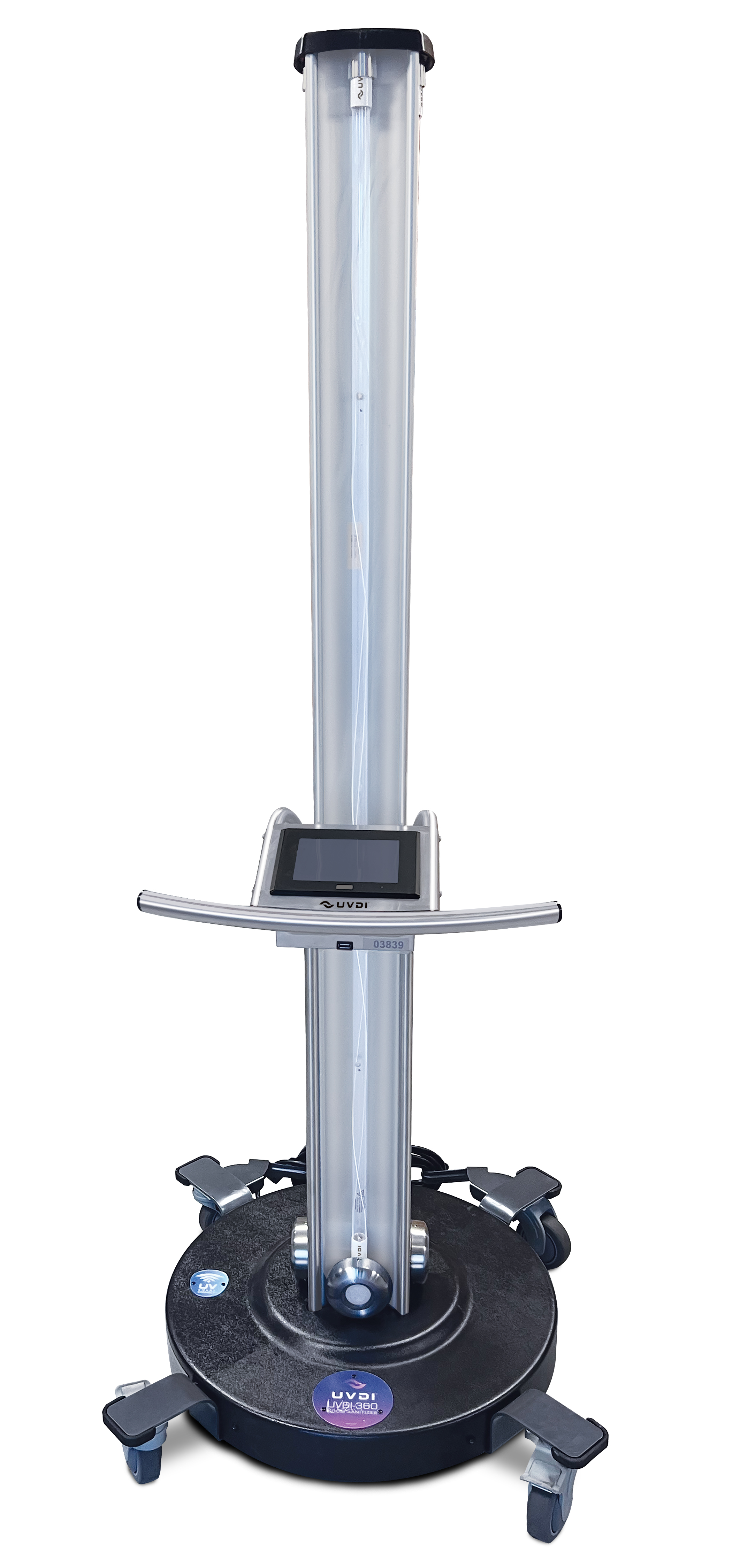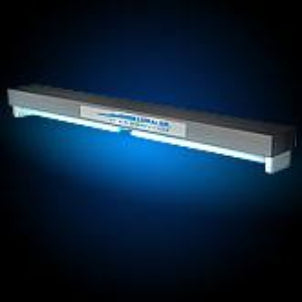Using the Possible of UV Disinfection: Shielding Health and Hygiene
UV disinfection, a modern technology commonly made use of in different industries, has verified reliable in eliminating dangerous virus. From understanding the systems at play to executing this modern technology in our day-to-day lives, this discussion aims to shed light on the capacity of UV disinfection and its function in guarding our wellness and hygiene.
Understanding UV Disinfection
UV disinfection is a highly efficient and commonly utilized technique for ensuring and eliminating hazardous pathogens health and hygiene. This technique utilizes ultraviolet (UV) light to suspend microbes by harming their DNA and stopping them from reproducing. UV sanitation is specifically reliable versus germs, viruses, and other microbes that can create infections and illness.
The concept behind UV disinfection is easy yet powerful. When UV light is discharged at a certain wavelength, it permeates the bacterium's cell wall and interrupts its hereditary material. This process, called photodissociation, causes the development of thymine dimers, which avoid the bacterium from replicating and providing it safe. UV sanitation can be applied in numerous setups, including water treatment plants, medical care facilities, food handling markets, and air purification systems.
Among the advantages of UV disinfection is its capacity to properly and efficiently get rid of a variety of pathogens without the demand for ingredients or chemicals. Unlike other sanitation techniques, such as chlorine or ozone, UV sanitation does not introduce dangerous byproducts or chemical deposits right into the environment. Furthermore, UV disinfection is a non-contact procedure, which means that it does not need physical call with the bacteria, minimizing the danger of cross-contamination.

The Scientific Research Behind UV Sanitation
The efficiency of UV sanitation hinges on its capability to interfere with the genetic material of bacteria, providing them unable to reproduce and thereby eliminating their unsafe potential. UV, or ultraviolet, radiation is a type of electro-magnetic radiation with wavelengths much shorter than visible light. It is categorized right into 3 types: UV-A, uv-c, and uv-b. UV-C radiation, particularly, has the fastest wavelength and the highest energy. Due to the fact that it can penetrate the cell walls of bacteria and harm their DNA or RNA., this high-energy UV-C radiation is most efficient in sanitation applications.
When microbes are revealed to UV-C radiation, the power is taken in by their genetic material, causing bonds to break and forming chemical reactions that interrupt their capacity to duplicate. This protects against the microbes from spreading and replicating infection. UV sanitation is specifically efficient against infections, germs, and fungi, including usual virus such as Escherichia coli, Salmonella, and Flu.
The science behind UV disinfection is sustained by substantial research study and research studies. It has actually been revealed that direct exposure to an enough dose of UV-C radiation can accomplish a high degree of sanitation, commonly going beyond 99.9% efficacy in eliminating microbes. Nonetheless, it is essential to keep in mind that the performance of UV sanitation relies on various variables, including the strength of UV-C radiation, direct exposure time, distance from the UV source, and the sensitivity of the bacterium to UV radiation.
Applications of UV Sanitation
Provided the extensive research study and efficiency of UV disinfection in interfering with the genetic material of microbes, it is essential to explore the numerous practical applications of this innovation. UV sanitation has shown to be a valuable tool in a vast array of markets where click for info preserving a safe and clean atmosphere is important.
One significant application of UV sanitation remains in healthcare settings. UV light can be utilized to sanitize surface areas, tools, and also the air in medical facilities and medical centers. This aids to lower the risk of healthcare-associated infections and ensures a much safer atmosphere for individuals and medical care employees.
An additional vital application is in the food and beverage industry. UV disinfection is used to treat water and eliminate hazardous microorganisms, such as E. coli and Salmonella, from the production process. uv surface disinfection. This guarantees the security and high quality of the products we consume
UV disinfection is also extensively made use of in water therapy plants and wastewater therapy centers. It is an efficient technique for ruining hazardous bacteria, viruses, and bloodsuckers that can be existing in water resources. This assists to offer secure and tidy drinking water to neighborhoods and protect the environment from air pollution.
In addition, UV sanitation is utilized in the pharmaceutical industry to decontaminate tools and preserve the integrity of items. It is likewise utilized in laboratories and study centers to avoid contamination and make certain precise results.
Benefits of UV Sanitation Technology
One notable advantage of utilizing UV disinfection technology is its capability to properly eliminate bacteria without making use of rough chemicals. This is particularly helpful in different settings, such as medical care facilities, water treatment plants, and food processing industries, where the existence of harmful microorganisms presents a substantial danger to public health and security.
Unlike traditional sanitation techniques that rely upon chemicals like chlorine or ozone, UV disinfection modern technology makes use of ultraviolet light to target and damage the DNA of microbes, effectively counteracting their capacity to duplicate and create infections. This process not only gets rid of the need for possibly damaging chemicals yet also decreases the risk of chemical residue or byproducts continuing to be in the cured atmosphere.

Furthermore, UV disinfection innovation is eco pleasant. As it does not count on using chemicals, it removes the demand for their disposal, transportation, and production, decreasing the general carbon impact connected with disinfection processes. Additionally, UV disinfection systems have a longer lifespan contrasted to chemical-based methods, causing less regular replacement and further decreasing waste.
Carrying Out UV Sanitation in Day-to-day Live
To effectively apply UV sanitation in day-to-day navigate here live, organizations and individuals can incorporate portable UV sterilizing tools right into their hygiene routines and cleansing practices. These devices are made to produce ultraviolet light, which has actually been confirmed to eliminate or suspend a large range of microorganisms, including germs, fungi, and viruses. By using mobile UV disinfecting tools, individuals can disinfect generally touched surface areas and objects, such as mobile phone, laptop computers, keys, and doorknobs, reducing the threat of spreading out bacteria and infections.
Along with including mobile UV disinfecting devices, it is vital to comply with appropriate standards and recommendations for reliable UV sanitation. This includes making sure that the device is made use of correctly and for the advised duration to achieve ideal disinfection results. It is also important to prioritize safety procedures, such as putting on protective eyewear and avoiding straight exposure of the UV light to the skin.

In addition, organizations can implement UV disinfection technology in various settings to improve health practices. For circumstances, medical facilities and health care centers can make use of UV disinfection web robotics to disinfect patient areas, operating movie theaters, and other high-touch locations. Food processing industries can incorporate UV sanitation systems right into their assembly line to boost food safety and security and prevent contamination.
Final Thought
In verdict, UV disinfection technology holds great possible in guarding wellness and hygiene. With its numerous benefits, UV disinfection is a valuable device for maintaining a clean and healthy and balanced atmosphere.
Unlike various other disinfection methods, such as chlorine or ozone, UV sanitation does not introduce hazardous byproducts or chemical deposits right into the setting. It is essential to note that the effectiveness of UV sanitation depends on numerous aspects, including the strength of UV-C radiation, direct exposure time, distance from the UV source, and the susceptibility of the microbe to UV radiation.
One more benefit of UV disinfection innovation is its capacity to offer constant and fast disinfection. Unlike manual cleaning approaches, which can be time-consuming and call for considerable labor, UV sanitation systems can be automated and operate continually, guaranteeing constant disinfection without human treatment.To properly execute UV disinfection in daily life, individuals and companies can incorporate portable UV sterilizing tools right into their health routines and cleansing practices.